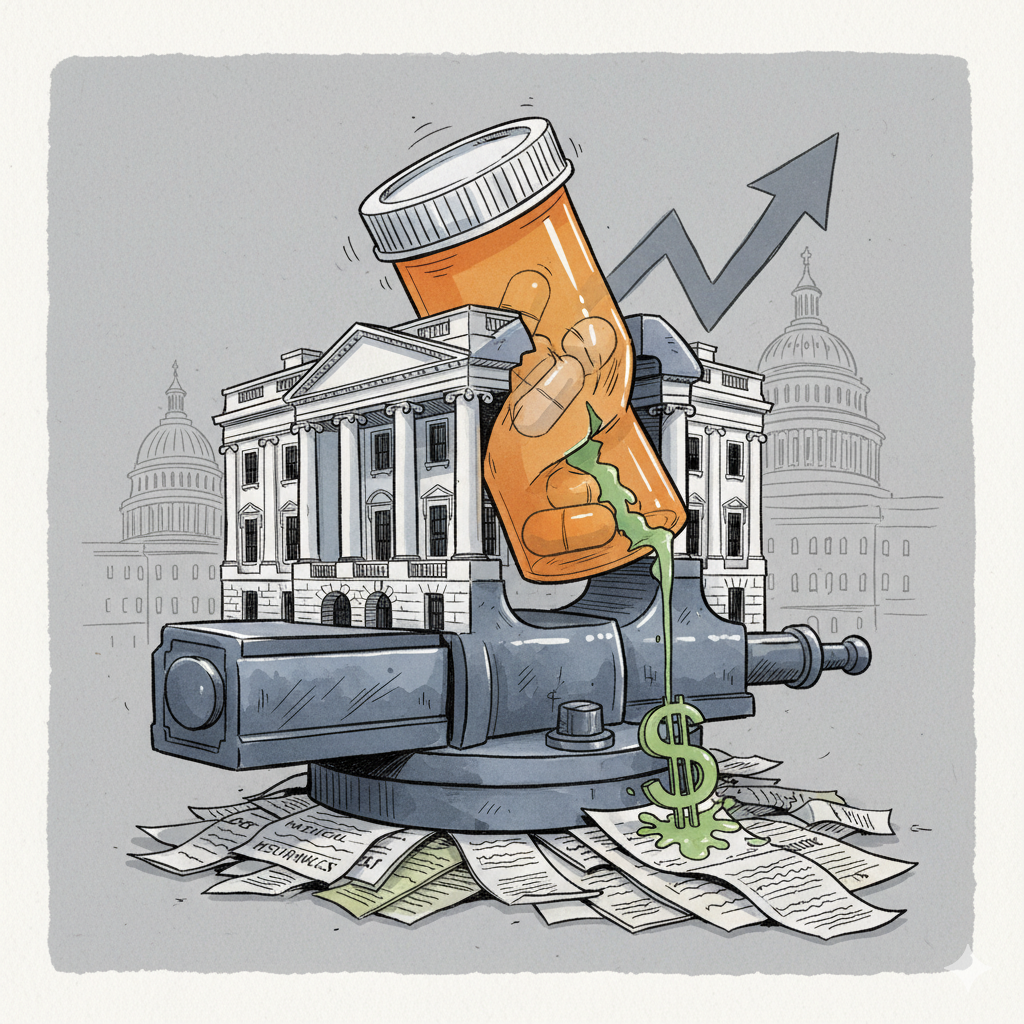The FBI Sting That Caught McDonald’s Inside Man

The FBI Sting That Caught McDonald’s Inside Man

Introduction: The Unwinnable Game
For millions, it was a cherished ritual. You would peel the game piece, hold your breath, and dream of winning a million dollars. But what if the dream was a lie from the start?
The question of who famously won the McDonald’s Monopoly game is a natural one. The promotion embedded itself in the public consciousness with tantalizing promises of instant wealth and life-changing jackpots.¹ However, a search for legitimate high-value winners from the game’s golden era (1989-2001) is an exercise in futility. The inquiry is built on a false premise.
This report’s central thesis is that for over a decade, an insider systematically rigged the game, making it unwinnable for the public.², ³, ⁴
This investigation will uncover the exhaustive true story of that fraud. It details the mastermind, the criminal network he built, and the ingenious FBI sting that brought it all down. It also explains the historical accident that buried one of modern America’s most audacious fraud schemes for nearly two decades.⁵, ⁶
From 1989 to 2001, a trusted insider named Jerome “Uncle Jerry” Jacobson stole and distributed nearly every high-value winning game piece. He siphoned an estimated $24 million in cash and prizes through his network.¹, ⁷, ⁸ The public, faithfully collecting Boardwalk and Park Place, never stood a chance.¹, ⁹ The story of this massive fraud begins with the one man who held all the keys.
(more…)The Trump-AstraZeneca Tariff Showdown and the Birth of Direct-to-Consumer Discounts


1. Executive Summary: A Strategic Compact of Political Imperative and Commercial Pragmatism
On October 10, 2025, the Trump administration and AstraZeneca PLC announced a landmark agreement.¹ The deal aims to lower prescription drug prices for American consumers.²
This is the second agreement of its kind, following a similar pact with Pfizer Inc. in September 2025.³ It is a direct result of the administration’s aggressive “Most Favored Nation” (MFN) policy. This policy seeks to align U.S. drug prices with the lowest prices that other developed nations pay.⁴
The agreement is not a simple price reduction. It is a complex strategic maneuver, born from a convergence of political needs and commercial pragmatism.
For the Trump administration, the deal represents a tangible, high-profile victory in its war on high drug prices—a key issue for the American electorate.² For AstraZeneca, it is a calculated measure to mitigate significant risk. The company faced a credible threat from the administration of tariffs up to 100% on imported pharmaceuticals.⁵
The deal’s structure is dual-pronged. Each prong is designed to achieve distinct political and policy objectives.
The central thesis of this analysis is that the agreement’s direct impact on drug affordability for most Americans will be minimal. This includes those covered by commercial insurance or Medicare. While the deal is a significant political achievement for the Trump administration and a shrewd strategy for AstraZeneca, its tangible benefits are limited.
Multiple independent healthcare economists and policy experts support this conclusion. They note that the deal’s primary financial impact is contained within the Medicaid program. This program already benefits from substantial statutory discounts.⁸
Therefore, the deal’s true significance is not a fundamental reordering of U.S. drug pricing. Instead, it establishes a powerful new coercive framework. In this framework, the administration weaponizes trade policy to achieve healthcare policy objectives. This sets a potent precedent for all future government-industry negotiations.
How Free Speech Dismantled Trust and Safety on the Platform Formerly Known as Twitter

Executive Summary
This report analyzes the social media platform X under Elon Musk’s ownership. It examines the profound shifts in governance, user safety, and core architecture.
The central argument is that these changes have created the ‘X Paradox.’ The platform champions ‘free speech’ but creates a hostile environment that silences many users. It promotes ‘authenticity,’ yet its systems fail to stop inauthentic activity and often penalize genuine users.
The analysis details several key issues:
The report concludes that this transformation is not an accident. It is the successful implementation of a new, permissive philosophy that externalizes the cost of safety onto its users.
(more…)Chevron’s Decade of Deferred Risk and the Predictable LA ‘Mini-Quake’ Explosion
